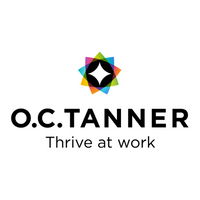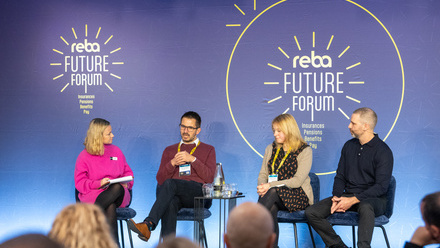Crucial ways to understand, connect and engage with staff to improve their employee experience

Talking the talk
O.C. Tanner’s 2018 Global Culture Report highlights that there are six key things that really matter to employees. These are:
- purpose
- opportunity
- success
- appreciation
- wellbeing
- leadership
This makes complete sense because people are more likely to engage with the mission, vision and values of a company when they feel that they’re making a difference, are learning and growing, experiencing success personally and as a team, feel appreciated for their contributions, cared about and have a leader who wants them to be the very best they can be!
For employers to fully understand these ‘needs’ and to gain the insights needed to roll them out effectively, regular and honest employee feedback is key. Interestingly, there have been huge shifts in what feedback is and should be. More and more companies are evaluating their performance management processes and making the cultural shift to ongoing conversations through regular one-to-ones and trying to equip managers with the skills to coach and mentor. This is vital as regularly hearing about accomplishments and receiving frequent performance assessments are critical elements when it comes to helping employees to identify and quantify their personal success. Unfortunately, these discussions don’t happen often enough or as effectively as they should. Only 60 per cent of employees say their performance is fairly assessed at their organisation and over half wish they could have more conversations with their leader about their development.
One-to-one
All too often, managers schedule one-to-ones with their direct reports and then forget about them, cancel them or are totally unprepared. One-to-ones are a hugely important part of performance management because they are continuous. Employees shouldn’t have to wait until the next quarter or the end of the year to have these conversations. Everyone wants to know how they are doing - their successes, how to improve and where they stand. One-to-ones allow leaders to set goals, create coaching plans for employees who need them and identify when employees are encountering challenges that require support. The best leaders will use 360 degree feedback and so the one-to-ones are as much about feedback for the manager as the report.
One-to-ones also provide the opportunity to build a connection with employees regularly, throughout the year and allow time for the leader to give recognition and appreciation in a timely manner. One-to-one’s are the prime time to connect to purpose, success and the organisation, bringing it back to what matters most to employees. This is when the meaty conversations will take place that can and will build connections and help employees to feel part of a team and a company that cares.
Innovations are abound in how feedback is captured but it will always come down to the human element of feeling like you have a voice, that you are been listened to and heard, and that you matter. In the connected world we live in, there is more disconnection than ever – when it comes to employee feedback, organisations must strive for meaningful conversations and focus on making connections that matter!
The author is Dawn Smedley, Culture & Engagement Strategist at O.C. Tanner.
This article is provided by O.C.Tanner.
Supplied by REBA Associate Member, O. C. Tanner
Giving teams the integrated tools they need when, where and how they need them.







